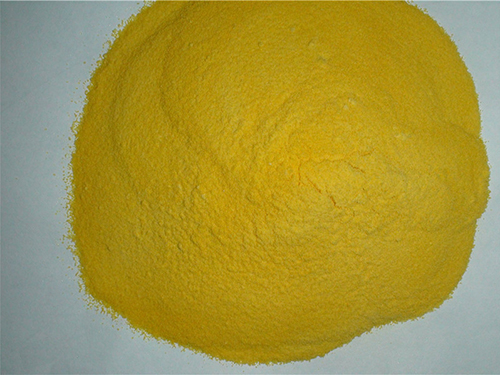polyaluminium chloride water treatment
Polyaluminium Chloride in Water Treatment An Overview
Water treatment is a crucial process that ensures the safety and quality of drinking water supplied to communities. Among the various chemicals used in this endeavor, Polyaluminium Chloride (PAC) has emerged as a popular coagulant due to its efficacy and versatility. This article will explore the properties of PAC, its role in water treatment, and its advantages over traditional coagulants.
What is Polyaluminium Chloride?
Polyaluminium Chloride is a type of inorganic polymer that acts as a coagulant in the water treatment process. It is typically produced through the hydrolysis of aluminum chloride and is available in both liquid and powdered forms. PAC is characterized by its high charge density and large molecular weight, making it highly effective in binding and removing impurities from water.
Role of PAC in Water Treatment
The primary role of PAC in water treatment is to remove suspended particles, organic matter, and microorganisms from water. This process involves several key steps
1. Coagulation When PAC is added to water, it reacts with the dissolved impurities, neutralizing their charges. As a result, these particles begin to agglomerate into larger aggregates or flocs.
2. Flocculation Following coagulation, gentle mixing aids in the formation of larger flocs by encouraging smaller aggregates to collide and bond together.
3. Sedimentation After flocculation, the larger flocs settle to the bottom of the treatment tank due to gravity, forming a sludge that can be easily removed.
By effectively binding impurities, PAC enhances the clarity and quality of water, making it suitable for human consumption.
polyaluminium chloride water treatment

Advantages of Polyaluminium Chloride
1. Higher Efficiency PAC is often more effective than traditional coagulants such as alum (aluminum sulfate) at lower dosages. This not only leads to reduced chemical usage but also minimizes the sludge generated during treatment.
2. Better Low-Temperature Performance PAC performs well in low-temperature water, where other coagulants may struggle. This is particularly beneficial in colder climates or during winter months when water temperatures drop.
3. Wide pH Range PAC is effective across a broader pH range, making it suitable for various water sources and conditions. This versatility allows it to be used in both drinking water and industrial wastewater treatment applications.
4. Less Dependence on pH Adjustment Unlike alum, which often requires additional pH adjustment, PAC generally operates effectively with minimal chemical fluctuations, streamlining the treatment process.
5. Improved Settling Rates The larger flocs formed by PAC settle more quickly, resulting in shorter sedimentation times and enhancing the overall efficiency of the water treatment process.
6. Lower Residual Aluminum When compared to traditional aluminum coagulants, PAC typically leaves lower levels of residual aluminum in treated water, which is advantageous for human health and environmental considerations.
Environmental Considerations
As with any chemical used in water treatment, the environmental impact of PAC must be evaluated. PAC is generally considered to be safe when used as directed. However, care must be taken to ensure that dosages are appropriate, as excessive use can lead to chemical imbalances in treated water.
Conclusion
Polyaluminium Chloride has become an essential component in the toolbox of modern water treatment technologies. Its efficiency, versatility, and reduced environmental impact make it a superior choice over traditional coagulants for various applications. As the demand for clean and safe drinking water continues to rise, the role of PAC in water treatment will likely expand, contributing to improved public health and environmental outcomes. Understanding its advantages and proper application is vital for water treatment facilities aiming to maintain high-quality standards in an increasingly challenging context.
-
LK-319 Special Scale And Corrosion Inhibitor For Steel Plants: Advanced Solutions for Industrial Water SystemsNewsAug.22,2025
-
Flocculant Water Treatment: Essential Chemical Solutions for Purification ProcessesNewsAug.22,2025
-
Isothiazolinones: Versatile Microbial Control Agents for Industrial and Consumer ApplicationsNewsAug.22,2025
-
Scale Inhibitor: Key Solutions for Water System Scale PreventionNewsAug.22,2025
-
Organophosphonates: Versatile Scale Inhibitors for Industrial Water SystemsNewsAug.22,2025
-
Scale and Corrosion Inhibitor: Essential Chemical Solutions for Water System MaintenanceNewsAug.22,2025





